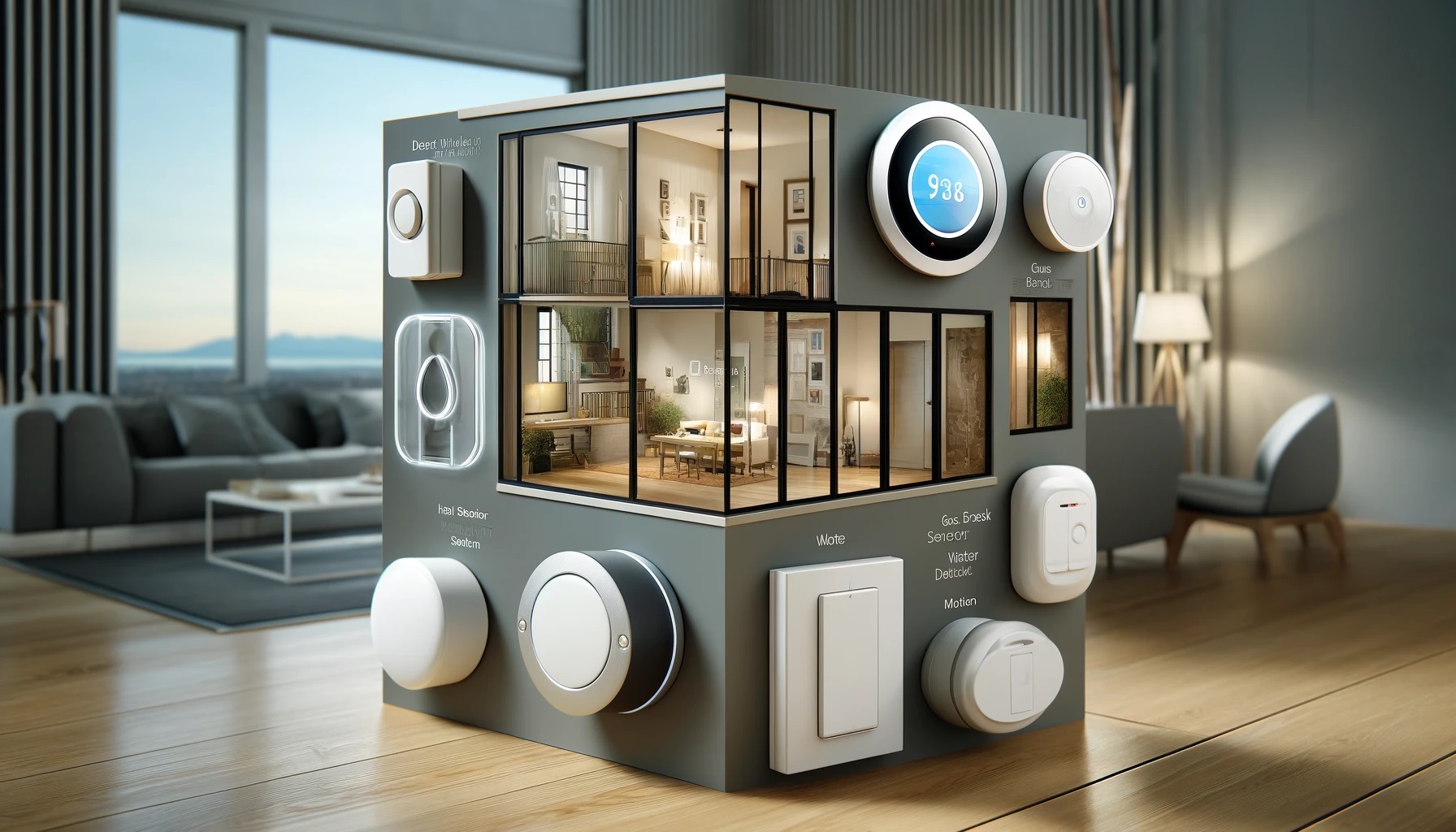Different Types of home Security Sensors to protect your home in Toronto
When it comes to safeguarding your home, having a reliable security system is just the beginning. The true backbone of any effective home security setup lies in its sensors — smart devices that detect movement, smoke, glass breaks, or entry attempts before an intruder can cause harm. In a fast-paced city like Toronto, ensuring the safety of your home, office, or business facility is more important than ever. Modern threats — from break-ins and fires to carbon monoxide leaks — require smart, responsive, and reliable security solutions.
That’s where security sensors play a crucial role. These small but powerful devices act as the backbone of any security system, detecting unusual activity or danger and sending instant alerts to help prevent potential losses.
At Alarm24Hours, we offer a full range of advanced security systems and monitoring services in Toronto. Let’s explore the top 10 different types of security sensors that can help safeguard your property and keep your peace of mind intact.
1. Motion Sensors
Motion sensors are the most common type of home security sensor. They detect movement within a defined area and trigger an alarm or alert when unexpected activity is sensed. These sensors can be placed in hallways, entry points, and open areas.
How They Work:They use infrared, microwave, or ultrasonic technology to detect motion and trigger an alarm or alert.
Best Used For:Homes, offices, retail stores, and warehouses.
Benefit:They instantly alert you of any movement in restricted zones, even in complete darkness, providing constant protection.
2. Door and Window Sensors
These sensors alert you whenever a door or window is opened unexpectedly. They use magnetic contacts to detect any separation, making them ideal for first-floor windows and main entry doors.
How They Work:
These magnetic sensors trigger an alert when the door or window is opened or the circuit is broken.
Best Used For:Residential homes, offices, and apartments.
Benefit:They’re simple to install and highly reliable, ensuring you’re notified the moment someone tries to enter your property.
3. Glass Break Sensors
A glass break sensor detects the sound or vibration of shattering glass. They’re especially effective for homes with large windows or sliding glass doors.
How They Work:These sensors detect the frequency or vibration of shattering glass using acoustic or shock technology.
Best Used For:Retail storefronts, commercial offices, and homes with large windows.
Benefit:They provide early warning before an intruder steps foot inside, enhancing perimeter protection.
4. Smoke Detectors
Smoke and fire sensors play a crucial role in protecting your family from dangerous fires. Modern systems can also detect rapid temperature changes or carbon monoxide leaks.
How They Work:Using ionization or photoelectric technology, they detect smoke particles in the air and activate an alarm.
Best Used For:Homes, offices, schools, and industrial spaces.
Benefit:Early smoke detection can save lives and prevent devastating fire damage by alerting occupants immediately.
5.Heat Sensors
Heat sensors are critical for identifying fire risks that might not be detected by smoke alone.
How They Work:They monitor the ambient temperature and trigger an alarm when a sudden rise or preset threshold is reached.
Best Used For:Kitchens, manufacturing units, and server rooms.
Benefit:They provide an extra layer of fire safety, particularly in environments where smoke detectors may give false alarms.
6. Carbon Monoxide (CO) Sensors
Odorless and invisible, carbon monoxide is a deadly gas that requires dedicated detection. CO sensors alert you immediately when unsafe levels are detected.
How They Work:CO sensors measure the concentration of carbon monoxide in the air and sound an alarm before levels become life-threatening.
Best Used For:Residential homes, hotels, and commercial buildings.
Benefit:Provides life-saving alerts to prevent carbon monoxide poisoning.
6.Infrared Beam Sensors (Photoelectric Sensors)
These sensors create invisible “tripwires” that detect intrusions across long distances.
How They Work:An infrared beam is transmitted between two points; if the beam is broken, an alarm is triggered.
Best Used For:Perimeter security, gates, parking lots, and open outdoor areas.
Benefit:Ideal for outdoor surveillance and large property boundaries, minimizing false alarms.
Today’s modern security systems allow all these sensors to work together seamlessly. At Alarm24Hours, we integrate these sensors into smart alarm systems that you can monitor and control from your smartphone. Whether you’re home or away, you can stay connected and receive real-time alerts through our 24/7 monitoring service.
By combining CCTV, access control, and alarm systems, we create a unified security network that detects, alerts, and responds instantly — giving you complete peace of mind.
Protect What Matters Most
Your property’s safety shouldn’t be left to chance. Investing in the right security sensors is one of the smartest decisions you can make for your family, employees, and assets. Let Alarm 24 Hours design a custom security system for your home or business in Toronto. From advanced motion detectors to smart fire and flood sensors, we provide complete protection you can trust — day and night.
Contact Alarm24Hours today for a free consultation and take the first step toward smarter, safer living.
